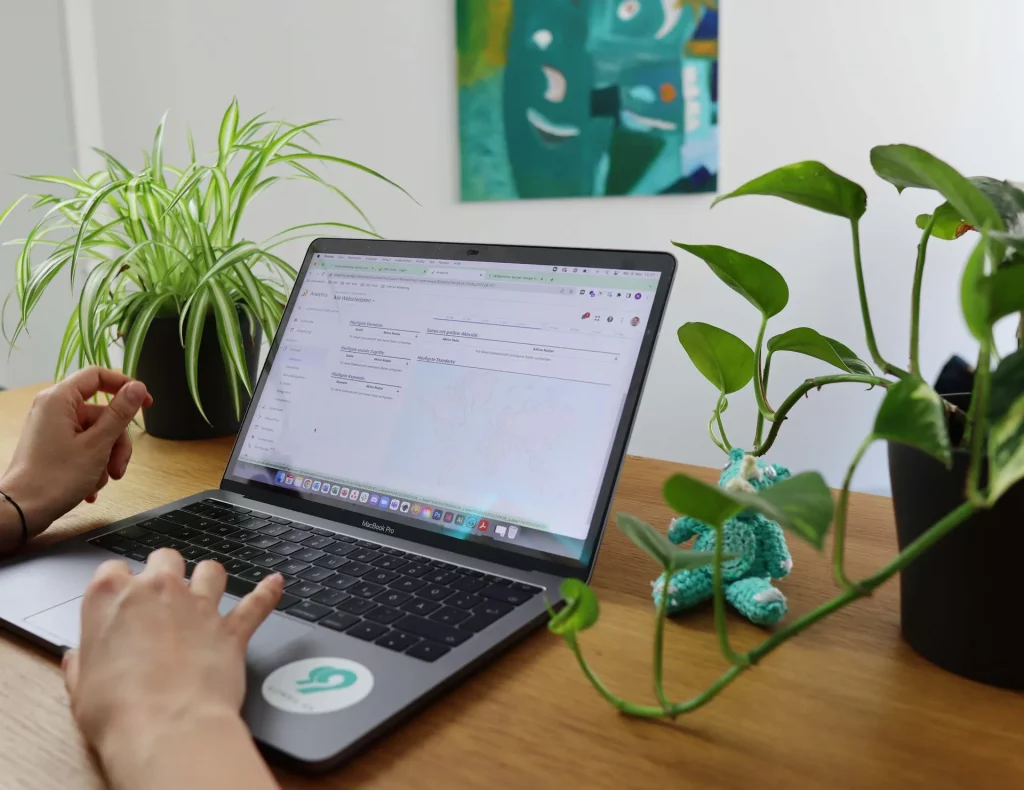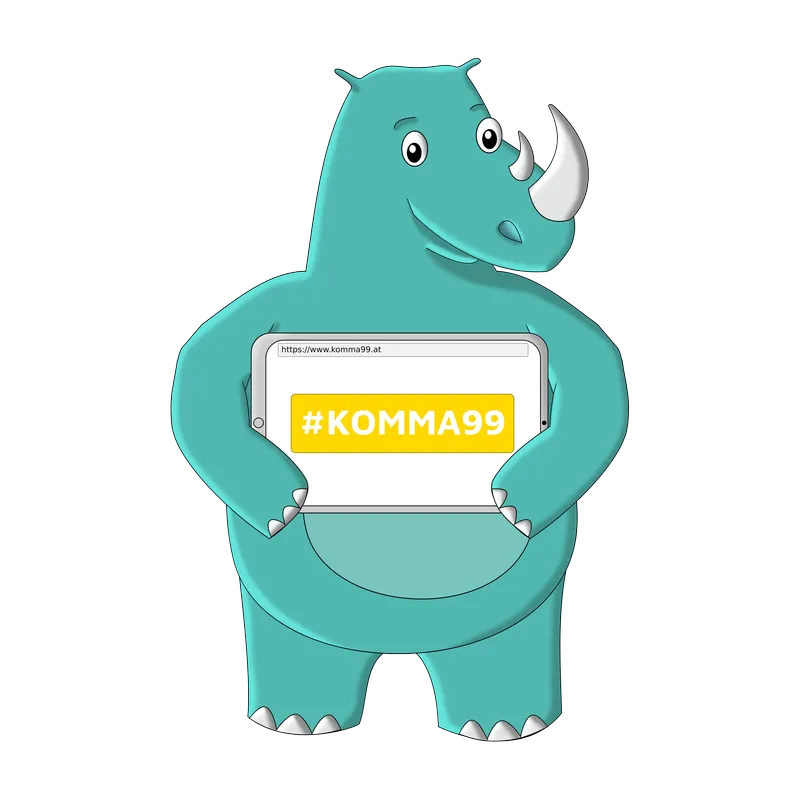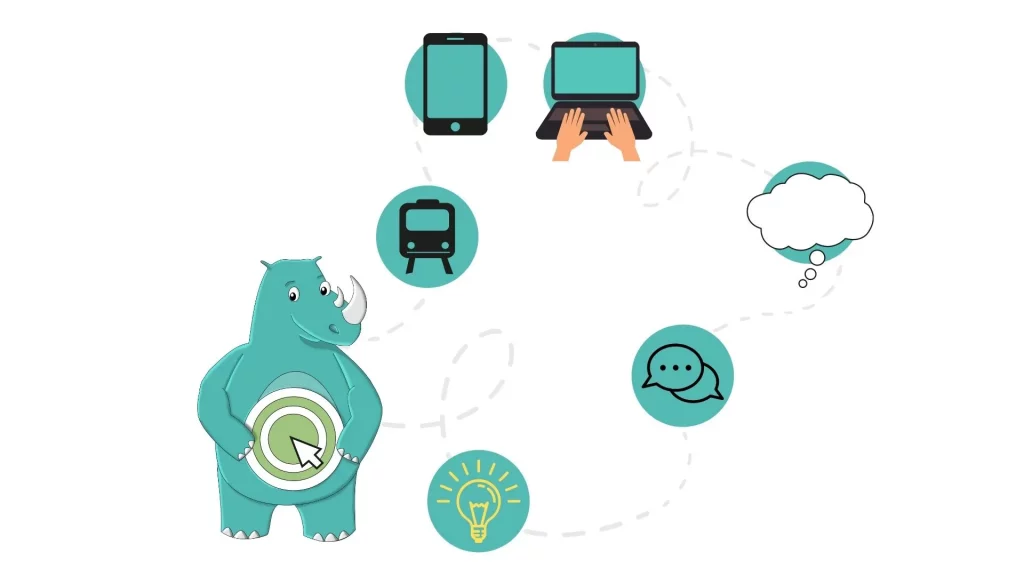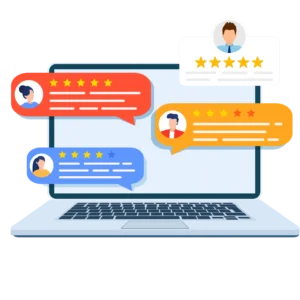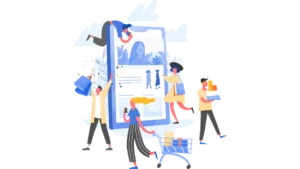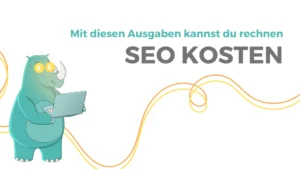This is how you have the customer journey in your hands and generate new customers
How is the customer journey actually defined?
The term Customer Journey comes from Marketing and describes exactly what it means - The journes of the customer. Often, the customer journey is therefore also called customer journey or users/buyers journey. Behind it is a strategy for analyzing customer behavior, from the first contact with the products or services, to the actual purchase and beyond.
Each of the touchpoints on this customer journey is important to analyze how it works and opportunities for optimization to work out. In this way, online marketing strategies can be optimized and start where the customer journey usually hangs or stops. This is where a Customer Journey Map help understand the customer and guide the journey, because a customer journey can run for months until the conversion happens.
Anyway, it is worth, no matter in which industry, to analyze a customer journey for marketing and thus also to define the target group. If you know to whom you sell in which phase, then all strategies can be tailored optimally. We show you in this article where you can start and give you tips for your customer journey and an optimized online marketing strategy.
Models of the Customer Journey
Of course, some models for the customer journey have emerged over the years, which have been proven to form a good basis. Naturally, each industry differs in the type of marketing and the corresponding measures for it, but the following two models help to understand and apply the basic principle of the Customer Journey, and can inspire to add your own twist.
It should also be mentioned that the customer journey of the two models in this article assumes that the purchase does not take place at the first contact. Low-cost products are purchased quickly on impulse, while for more expensive products or services the decision is weighed up and questioned as follows.
The AIDA Model
The AIDA model is probably the best known in marketing. The customer journey is here in four stages or also phases structured:
- Attention
- Interest
- Desire
- Action
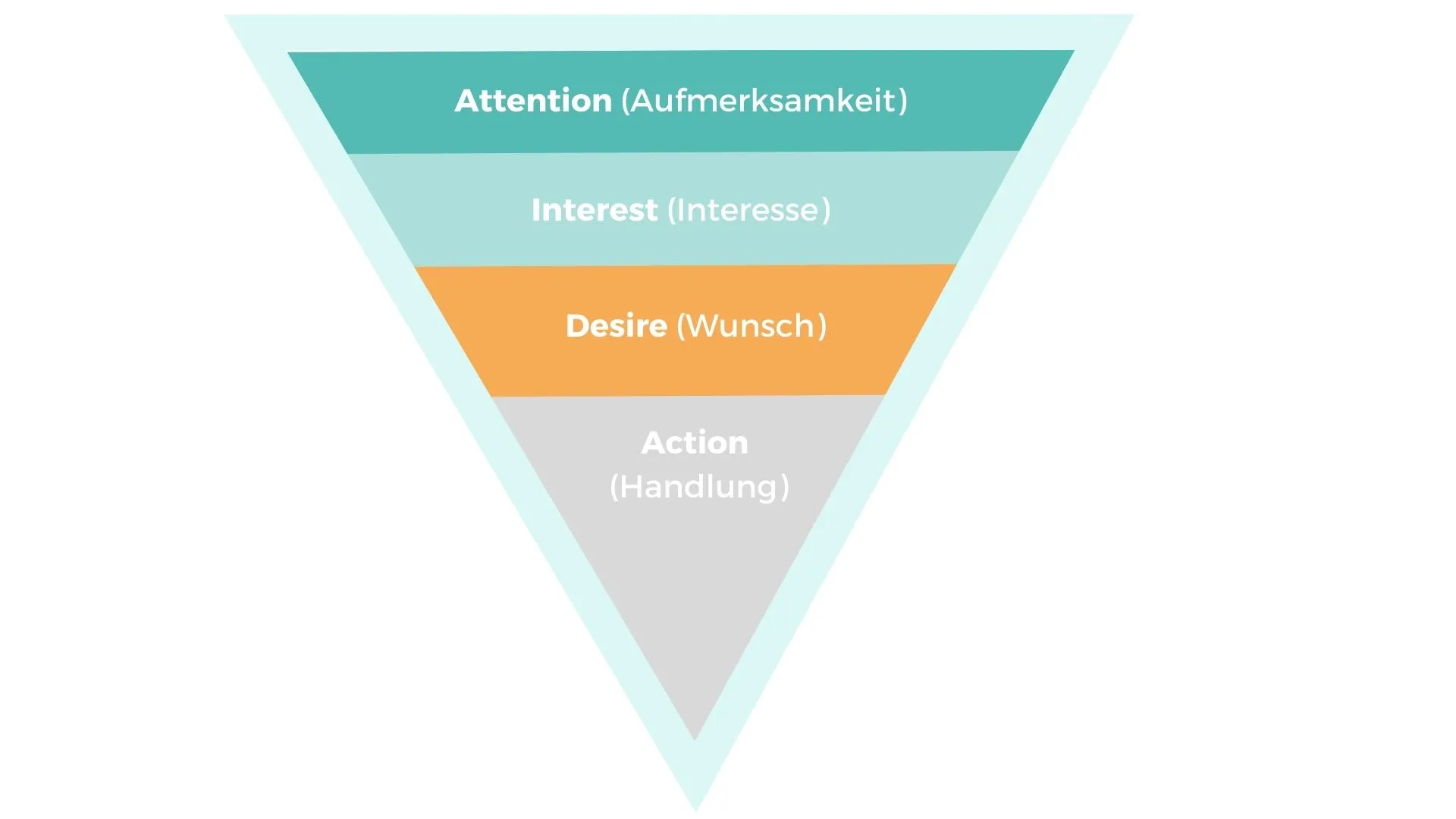
So, the model describes in the first phase, how the customer on the individual products or the services attentive becomes (Attention). He may see this on a billboard, as an ad on Instagram, or hear someone talking about it on the street. So the potential customer has heard the brand, perhaps knows the logo, and somewhere in his head this information is now buzzing around without any context.
This brings us to the next phase of the AIDA model - Interest. Maybe the potential customer is faced with a problem, and remembers the article, and how it could solve his problem. Or maybe he subconsciously remembers the product or service and starts looking for information on the Internet or on social media - In any case, the interest is now aroused and the product actively in the mind of the customer.
Then follows the direct desire, the Request, for the individual product or service (Desire). The customer sees the benefits in it and has the need to own this product or to use the service. Much is then no longer missing for the conversion, the fourth step of the AIDA model.
The action, the purchase of a single product or service, represents the end of the phases of the customer journey in the AIDA model. The conversion has taken place, the customer has purchased the product or service and the company has sold.
The 5 phases of the customer journey
The classic customer journey model extends the AIDA model by one more piece by dividing the customer journey into the following 5 individual phases:
- Awareness
- Consideration
- Conversion
- Retention
- Advocacy
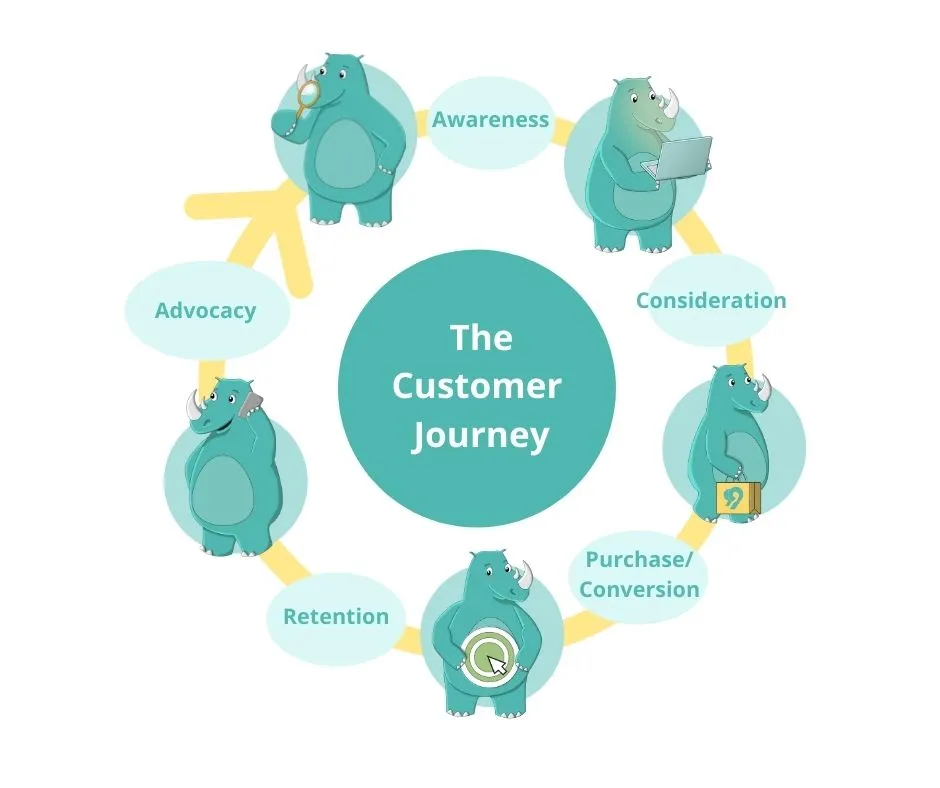
As you can see from the five-phase model, the customer journey does not end with the conversion, but practically forms a spiral, in that it is carried further after the purchase, to a potential new customer. Here, the customer journey starts again with the attention directed to the product. This is followed by the weighing , which includes the interest in and desire for the product or service. After consideration the purchase is made – The Conversion takes place.
The two complementary points to the AIDA model are the experience values and the sharing of these - allowing the customer journey to repeat itself with the next person. One person tells the other about the positive experience they have collected with the product, whereupon the other person becomes aware of the product.
Of course there are other models of the Customer Journey, which go into even more detail. To give a brief overview here and stimulate for their own ideas on the customer journey, we have two best-known and most effective models picked out. After all, it is important to recognize in advance why understanding the customer journey can be profitable in your company at all.
Benefits of the knowledge about the customer journey for your company
No matter what industry you come from, a customer journey can always help you to better understand your customer. You define your Buyer Persona in the course of the Customer Journey, i.e. how your customer behaves, what his hobbies are and on which platforms he moves. Moreover, you understand his preferences and can thus understand and map the entire customer experience. With this, the goal of every company is clear: to accompany the customer on the entire journey and help him to purchase the product or service.
Through a customer journey, it can be recognized which channel, whether social media, Google or classic advertising, should be played at what time to contact the customer and pick him up at the right time. Thus, possible potentials of the marketing strategy are revealed (for example, in the content), which previously seemed hidden. The customer journey thus reveals the optimization potential of any company by starting at the roots - At the customer and his journey.
To further clarify how exactly a customer journey can look and function, we will explain it in the next step using a practical example.
The customer journey explained with a practical example
The following practical example is of course simplified and very positive, because it finally comes to a purchase. As you can see, in the example first the initial situation, the Buyers Persona, is defined, to then describe the customer journey of this person with the product:
The practical example
The focus of our practical example is a man in his mid-30s who is employed in an office job. He is artistically active in his spare time and always likes to try new techniques in illustration. As he rides home on the streetcar, he observes a lady drawing on a drawing tablet. The man becomes aware (Awareness) of how quickly and precisely it can be drawn. Once home, he scrolls through social media channels and discovers an advertisement for said drawing tablet, which increases his awareness. The next day on the way to work he remembers the lady with the tablet and he starts in Google to search for content about it (Consideration). He clicks on the first search result and reads the website thoroughly - She inspires him and his desire for the tablet is awakened (Desire). Once in the office, he talks about it with his colleagues, who in turn also look for tablets and share their experiences (Retention and Advocacy). The man decides to purchase (Conversion) based on a video about the tablet he sees on Instagram.
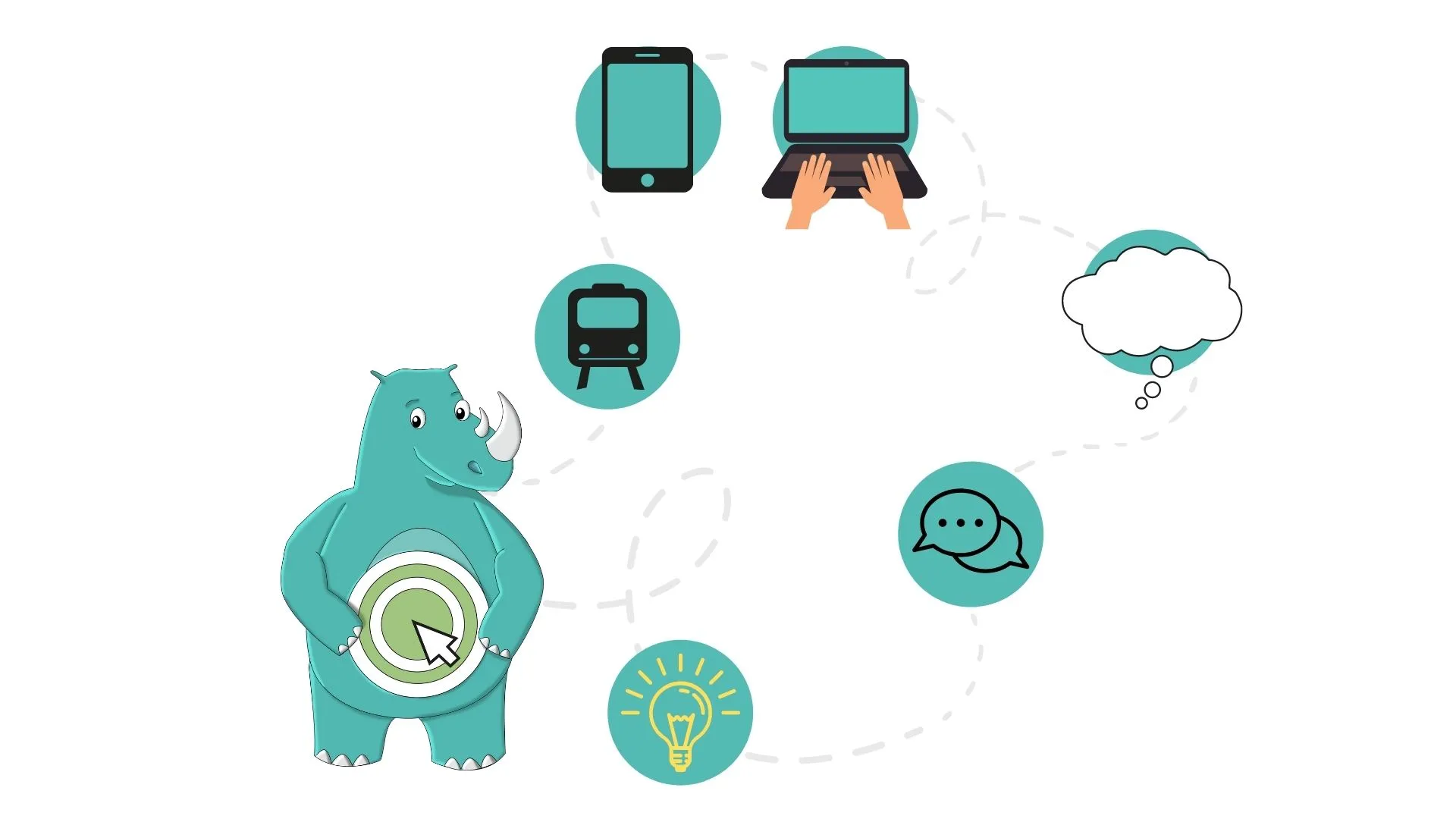
The explanation
As you can see very well in the example with the tablet, every contact or touching point ultimately leads to a purchase, and thus to the end and simultaneous beginning of the customer journey. The tablet in the example was represented on a wide variety of platforms, whereby Google itself also had a large share in the customer journey.
In addition, from this example, it was very easy to see how the gentleman set in motion other Customer Journeys of his colleagues by talking about his research and getting in touch with them. In conclusion, it can be said - Understanding the Customer Journey can be a powerful tool for a company's internal marketing strategy. Knowing your customers and responding to their needs with the right content and strategies brings incredible added value. Of course, a customer journey is never straightforward, as in the above example - it branches out more like the roots of a tree, with each root ultimately helping the tree to grow.
If you know your customers and understand their thought processes, you can work specifically to pick them up and accompany them - This is how you increase customer loyalty and make your customers satisfied in the long term.
In the next step, we'll show you how you can implement this in your company and give you a few additional tips on your journey to an optimized customer journey.
5 steps to the customer journey for your business
Step 1 - Gather information and define the target group
As you have noticed from the practical example, there are many different target groups for the same product or the same service. In some cases, it is not possible to define the target group precisely, as the customer journey can take many different paths. For your company and accordingly your individual products and services, but it definitely pays to define a Buyers Persona - in fact, a profile of the ideal customer. To do this, you need to collect information about who has already bought your products, who you want to target, who similar products appeal to and more. Define you then a Buyers Persona, so you can align your marketing strategy optimally to this.
Step 2 - Define touchpoints with customers
Touchpoints - or points of contact - are the points at which the customer and your product or service meet. In search engine optimization, a touchpoint can also be associated with a Keyword be compared. Just like touchpoints (touch points), these are defined by a detailed Research filtered out and defined. The marketing strategy is then built on the research, i.e. the direction in which the content should go and the channels used by the target group. Just like in search engine optimization, the touch points form the foundation for optimization and further acquisition of customers.
At this point, you can ask yourself the following questions for your business:
- When and where does the customer come into contact with my company?
- Which channels generate the best touchpoints for my target group?
- Which touchpoints should we focus on as a company?
Examples of touchpoints may include the following:
- Google (through SEO or SEA strategies)
- Social media (Facebook, Instagram, YouTube,...)
- Print products (flyers or billboards)
- Word-of-mouth
- And much more
In doing so, each company should define its own touchpoints - SEO, SEA and social media have naturally become very important due to digitalization and information gathering online.
Step 3 - Organize touchpoints in chronological order
As you have seen in our example, the customer journey can vary in channels and also in the order. Despite this, we recommend creating an overview of which channels should be played in which section of the customer journey at best. An example of the outline would be the following:
- Activation: word-of-mouth, billboards or, as in the example, in the streetcar by chance.
- Information gathering: SEO & SEA strategies - search engine optimization, your own website or social media.
- Action: good customer service, help etc.
- Customer Loyalty: Newsletter, Flyer, Social Media Ads,…
Step 4 - Measure customer satisfaction
Maybe you already measure customer satisfaction through various tools, but maybe you're just starting out and don't have a concrete online marketing strategy yet. No matter what your starting situation may look like - your customers should always be satisfied.
Depending on which channels you use and how you design the customer journey for your customers, you can use various tools to track satisfaction over the months. For Social Media channels, for example, there are insights available, through which you can learn how well your ads worked, and how the organic growth of your page behaves. In SEO and SEA help you again tools like Google Analytics, to see through user signals, how your page performs.
You see - tracking varies from channel to channel. The important thing is that you always keep an eye on your customers being satisfied and recommending your products or services.
Step 5 - Visualize the customer journey
To get a picture of where you optimization potential in the customer journey find, a mapping can help you. Thus, you can see at which points the customer journey ends regularly, without a conversion, and can actively help to keep your potential customers.
This makes it easy to identify and improve weak points and pick up customers lost along the way.
Conclusion - Through the customer journey we understand our customers
In this article we have given you insights into the customer journey and offered ways to use it for your own business. You can relax and use our guide to define the customer journey to your product in your company and inspire your customers and users.
Did our article inspire you? Then take a look at our other entries - maybe we can help you with our offered topics.
We hope we were able to give you a good overview with this blog and that you now know your way around the world of the customer journey!

